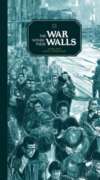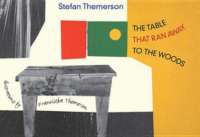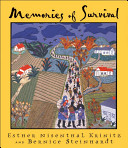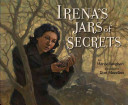
In a stirring chronicle, Doreen Rappaport brings to light the courage of countless Jews who organized to sabotage the Nazis and help other Jews during the Holocaust.
Under the noses of the military, Georges Loinger smuggles thousands of children out of occupied France into Switzerland. In Belgium, three resisters ambush a train, allowing scores of Jews to flee from the cattle cars. In Poland, four brothers lead more than 1,200 ghetto refugees into the forest to build a guerilla force and self-sufficient village. And twelve-year-old Motele Shlayan entertains German officers with his violin moments before setting off a bomb. Through twenty-one meticulously researched accounts — some chronicled in book form for the first time — Doreen Rappaport illuminates the defiance of tens of thousands of Jews across eleven Nazi-occupied countries during World War II. In answer to the genocidal madness that was Hitler’s Holocaust, the only response they could abide was resistance, and their greatest weapons were courage, ingenuity, the will to survive, and the resolve to save others or to die trying.

 Trouble abounds in Mamoko: artwork has been stolen, Vincent Brisk is late for his date, and Miss Chubb has lost a prized possession. Will everything be put right in time for the town carnival? Readers are prompted to follow the adventures of Mamoko’s quirky cast of characters, sharing their discoveries aloud and using their eyes to uncover the kaleidoscope of stories packed into every page!
Trouble abounds in Mamoko: artwork has been stolen, Vincent Brisk is late for his date, and Miss Chubb has lost a prized possession. Will everything be put right in time for the town carnival? Readers are prompted to follow the adventures of Mamoko’s quirky cast of characters, sharing their discoveries aloud and using their eyes to uncover the kaleidoscope of stories packed into every page!






